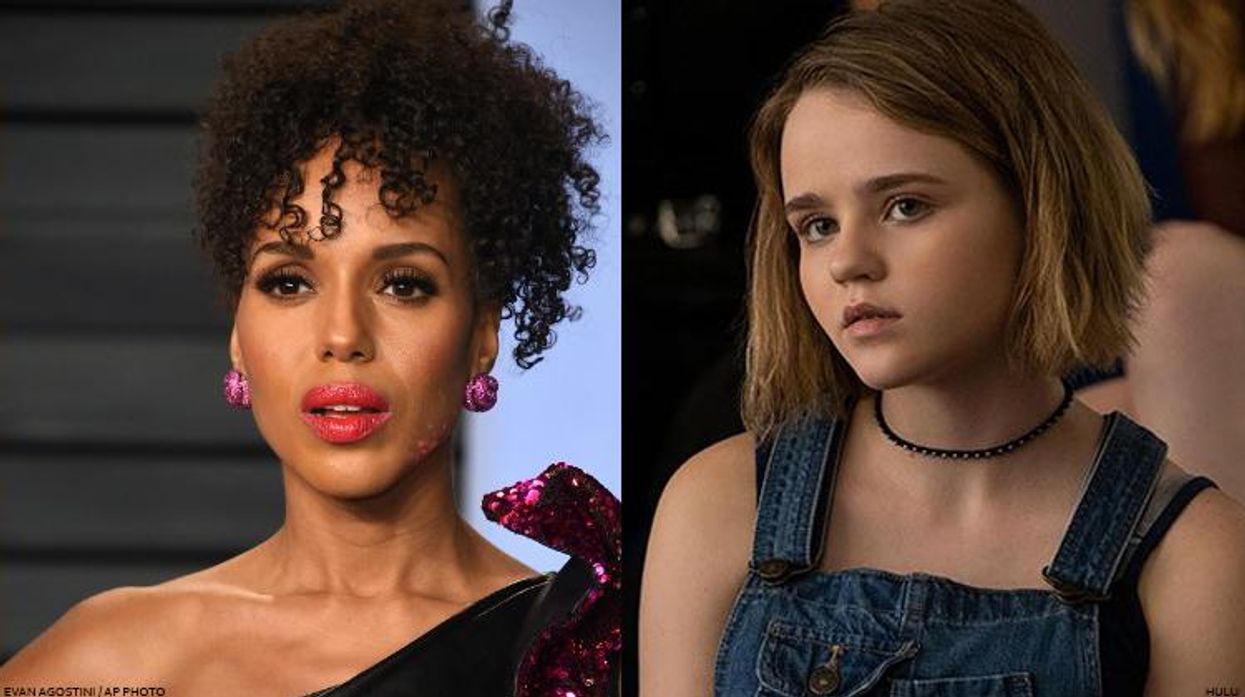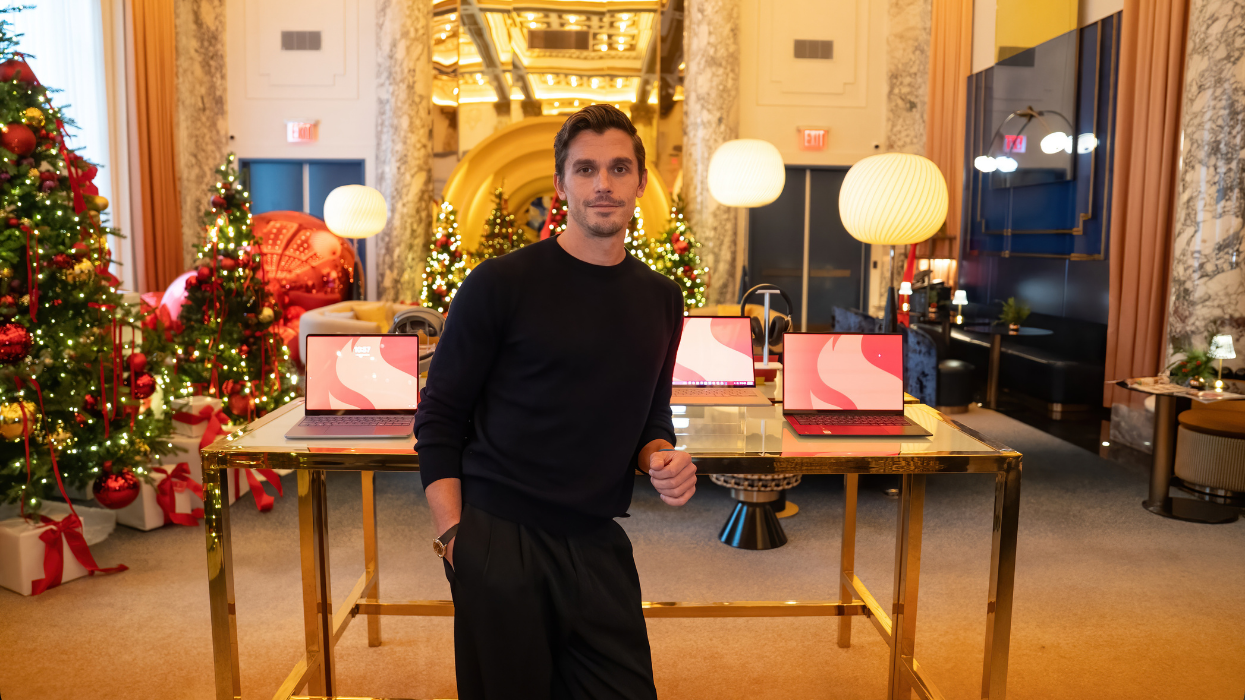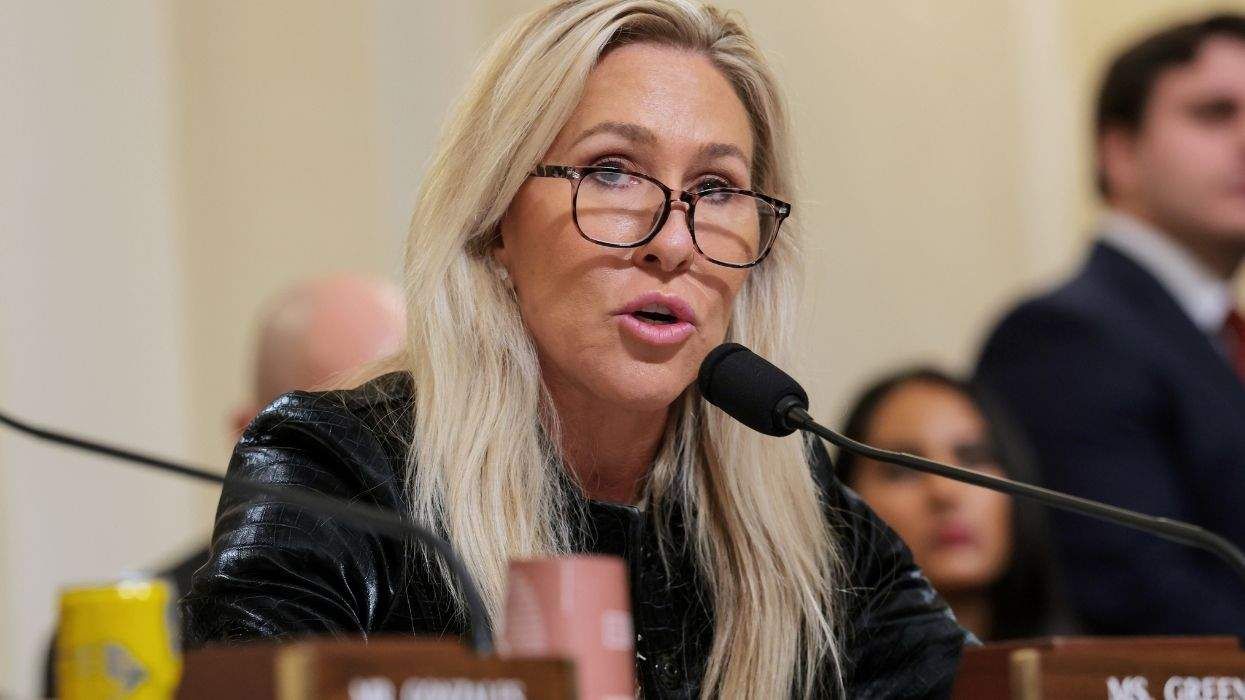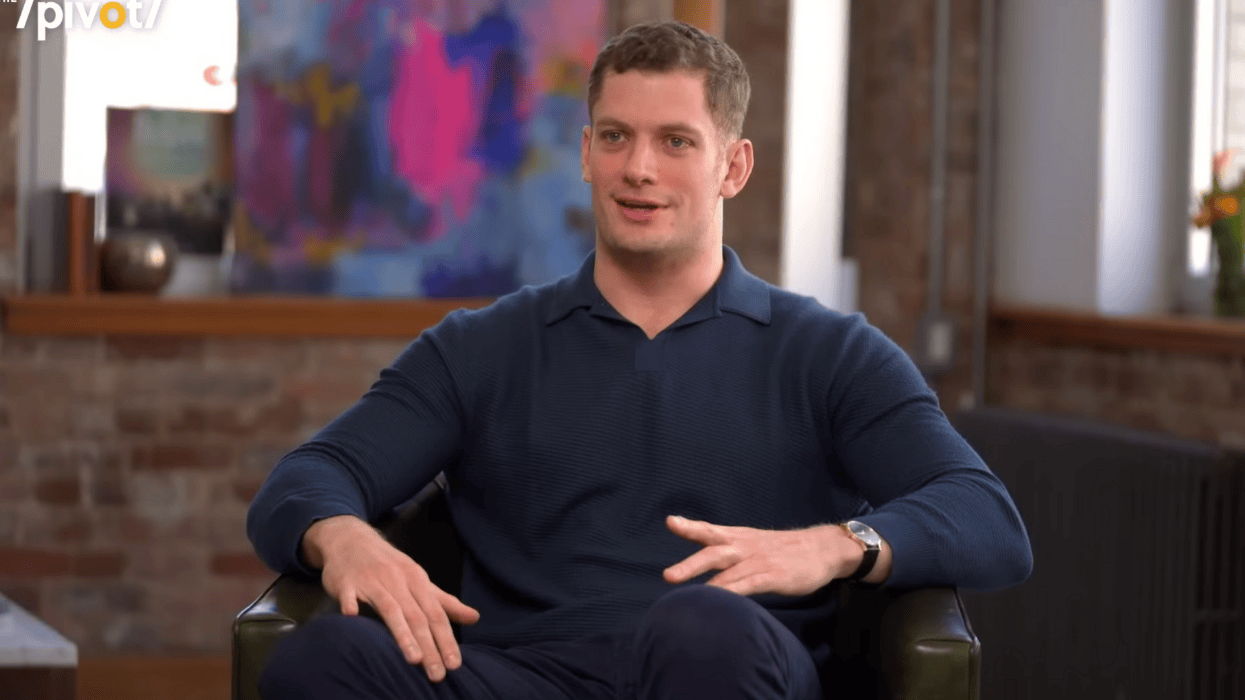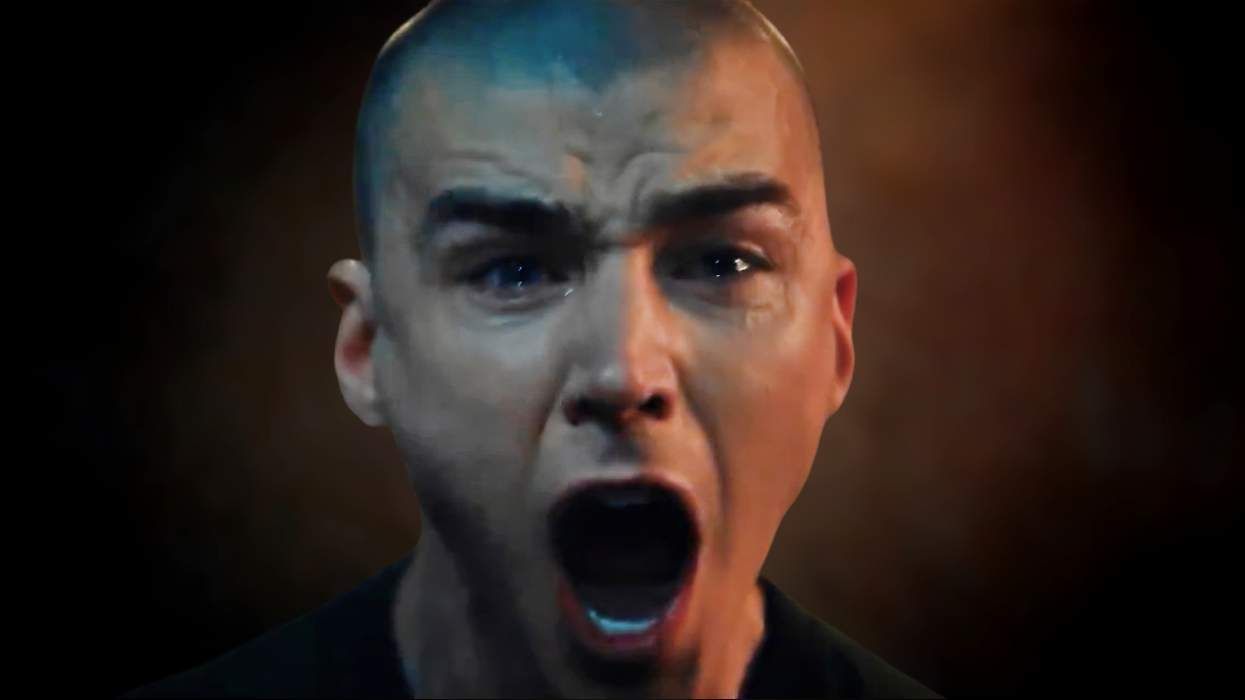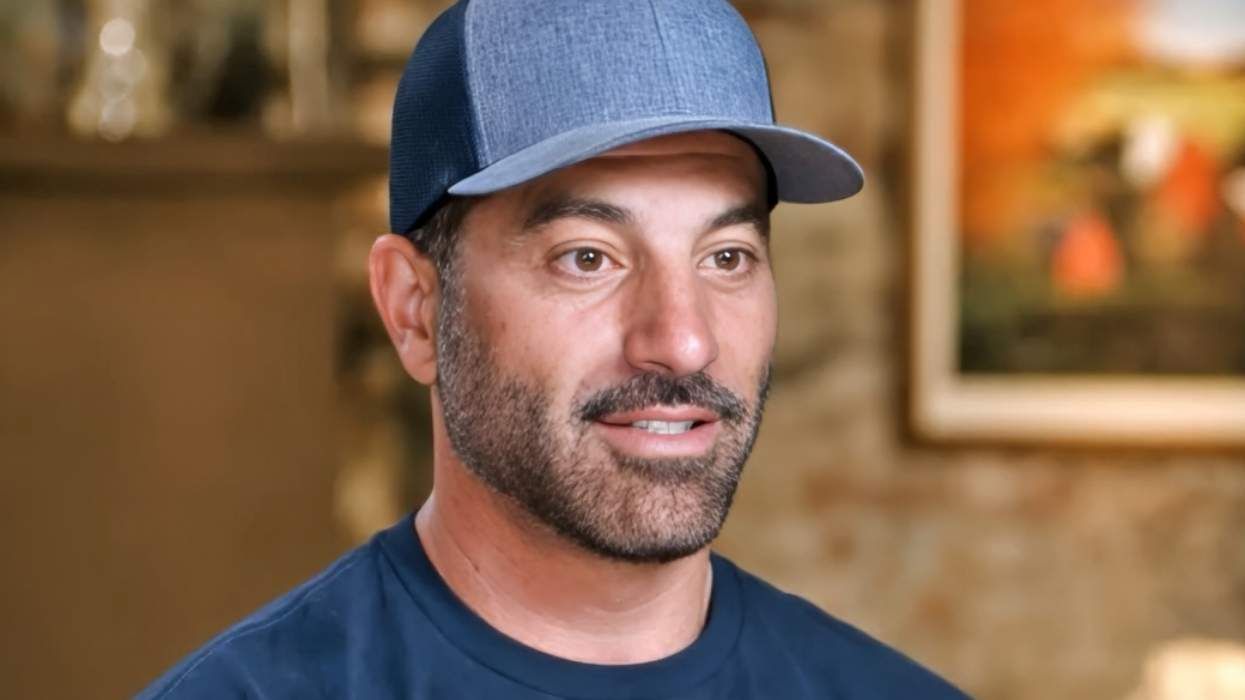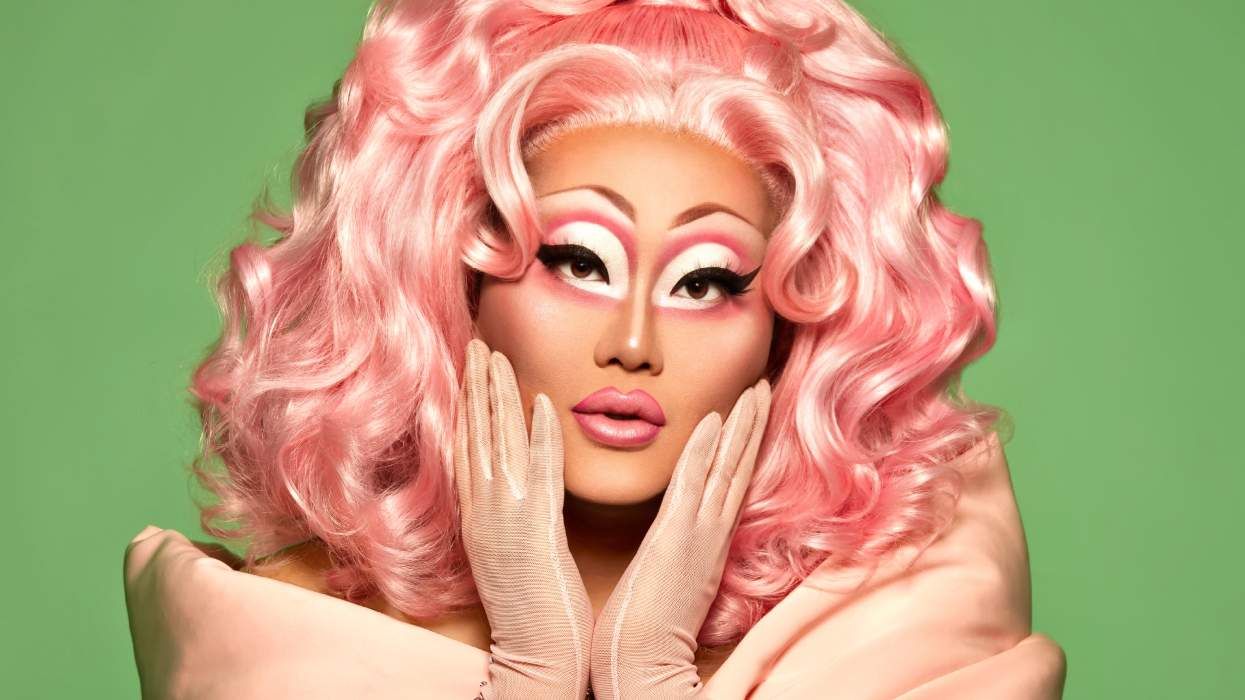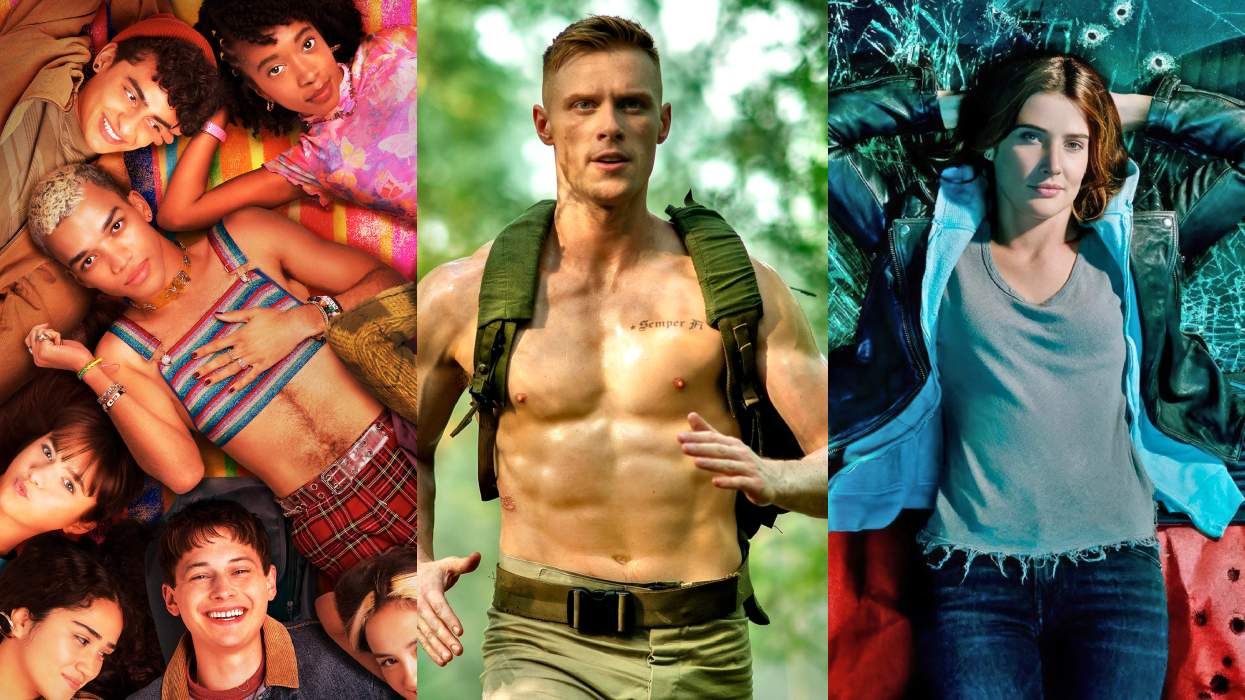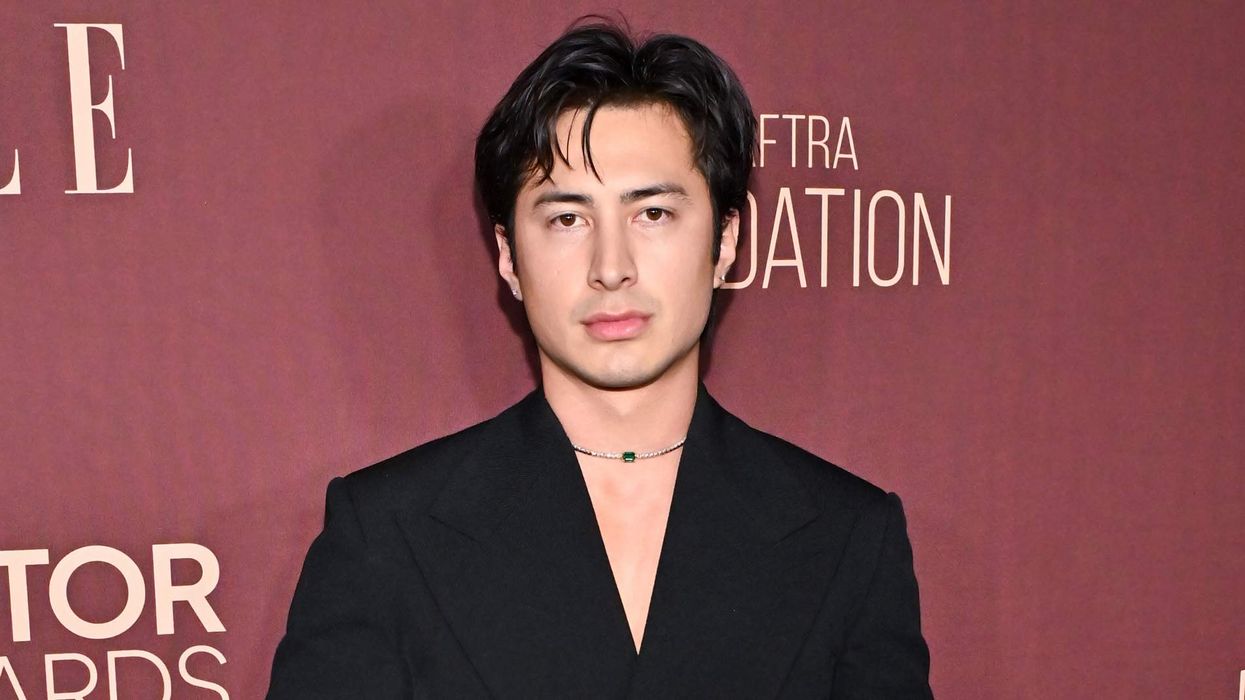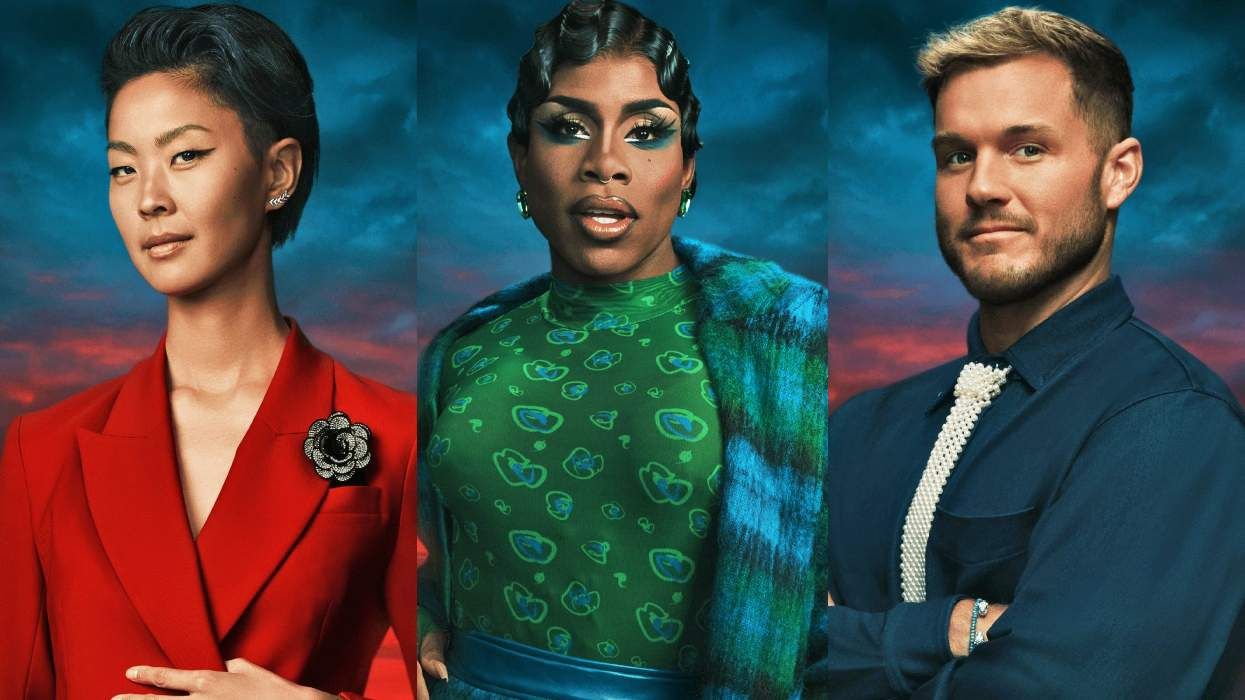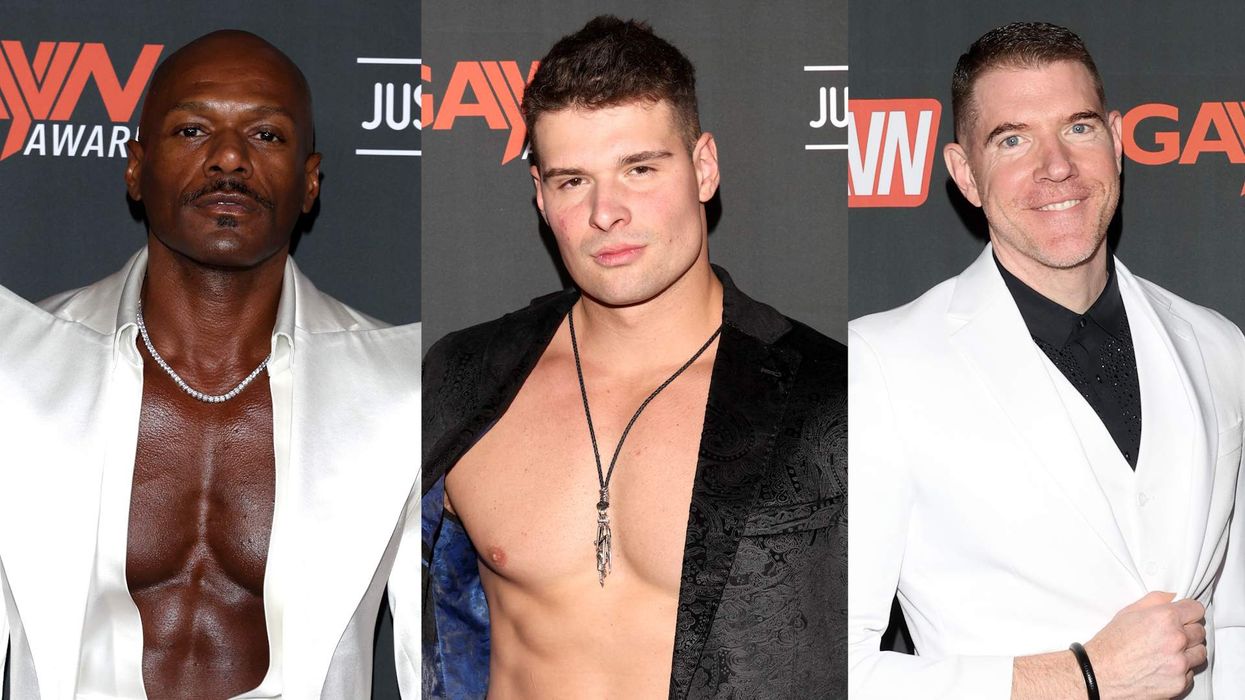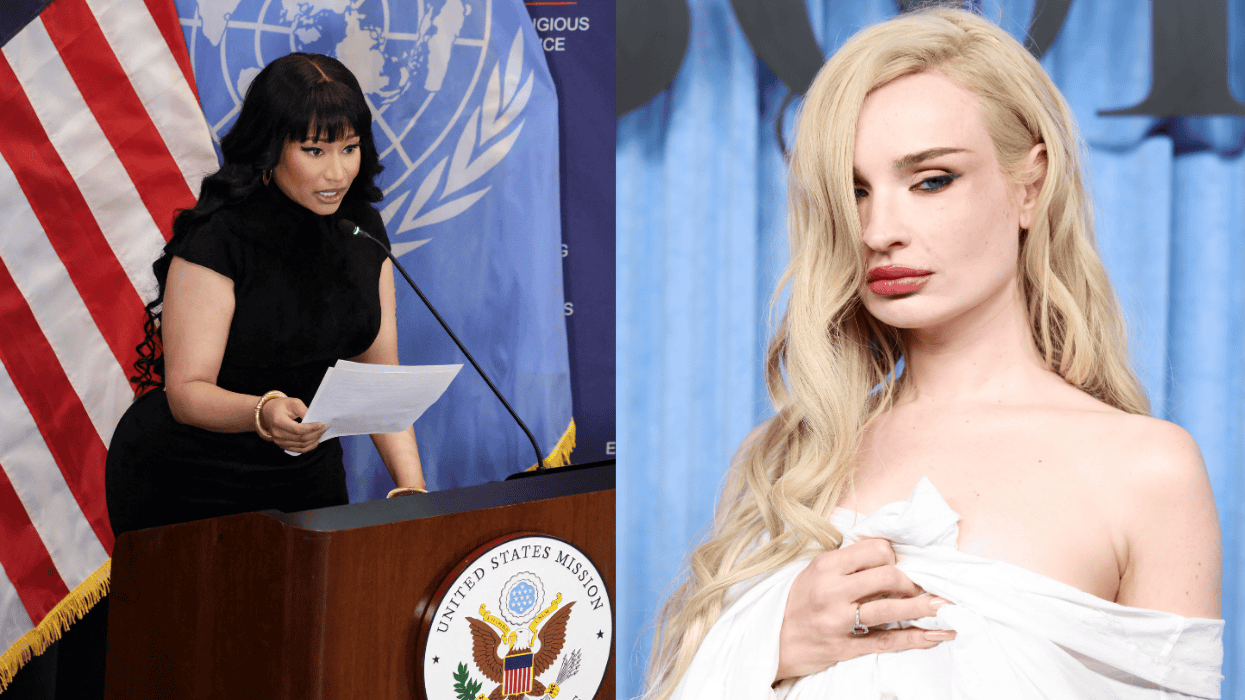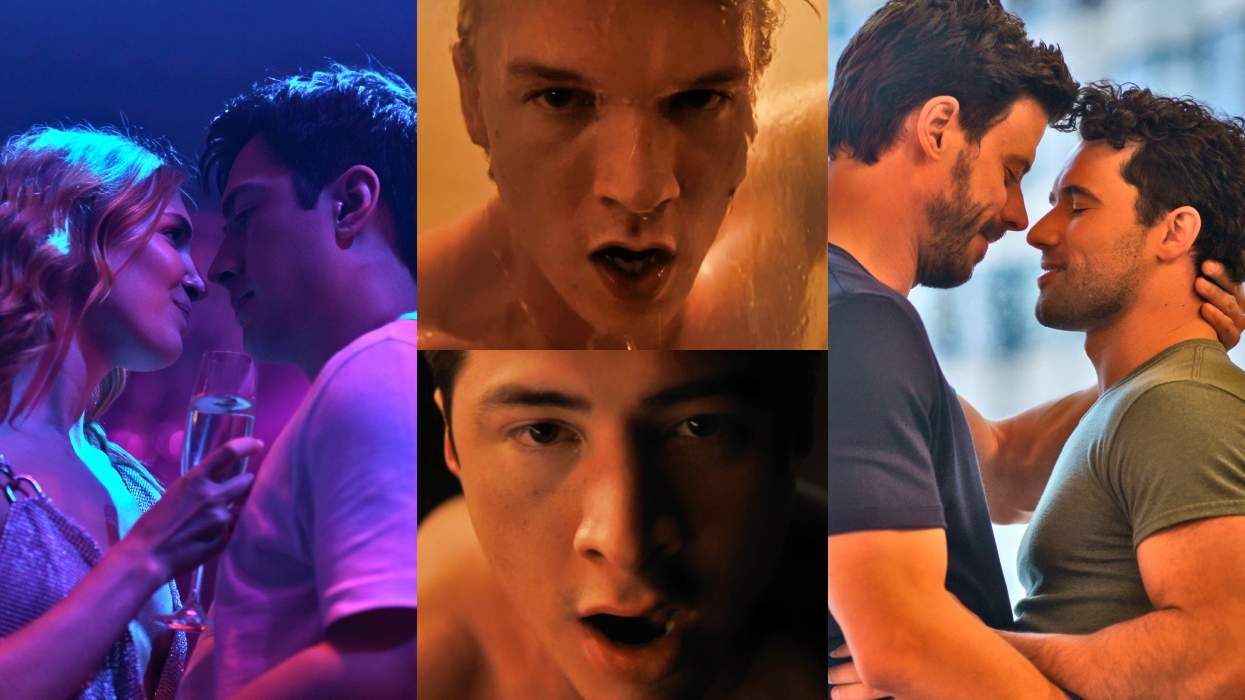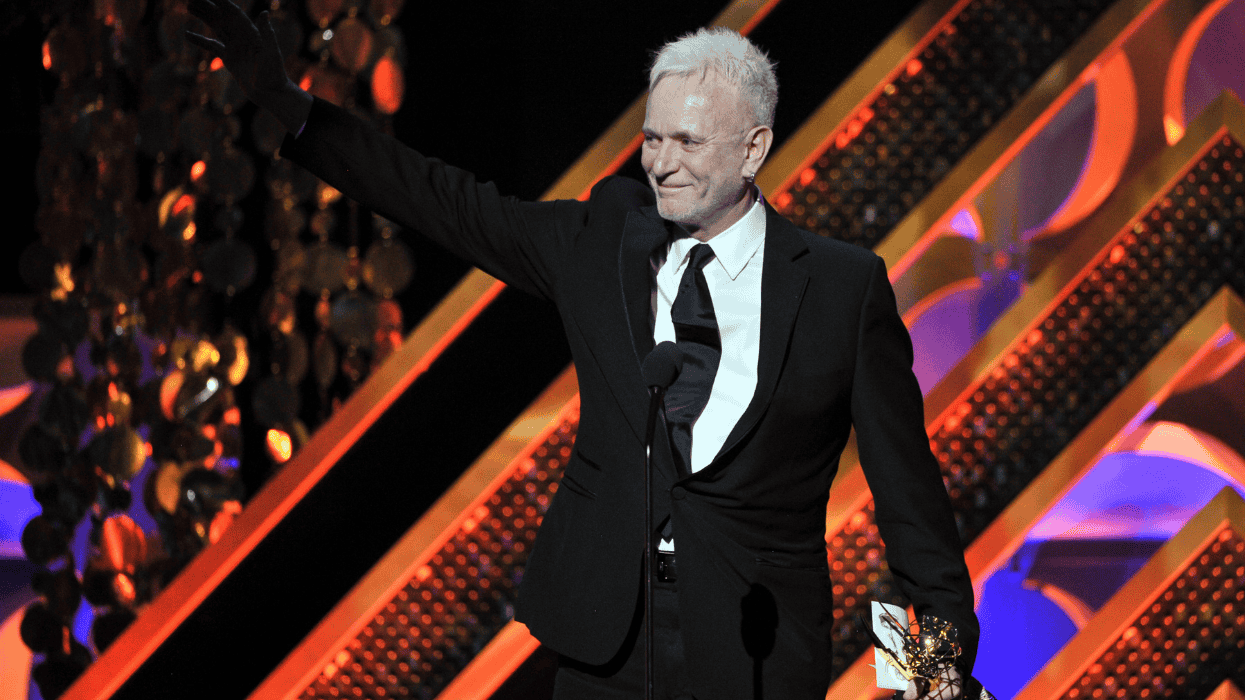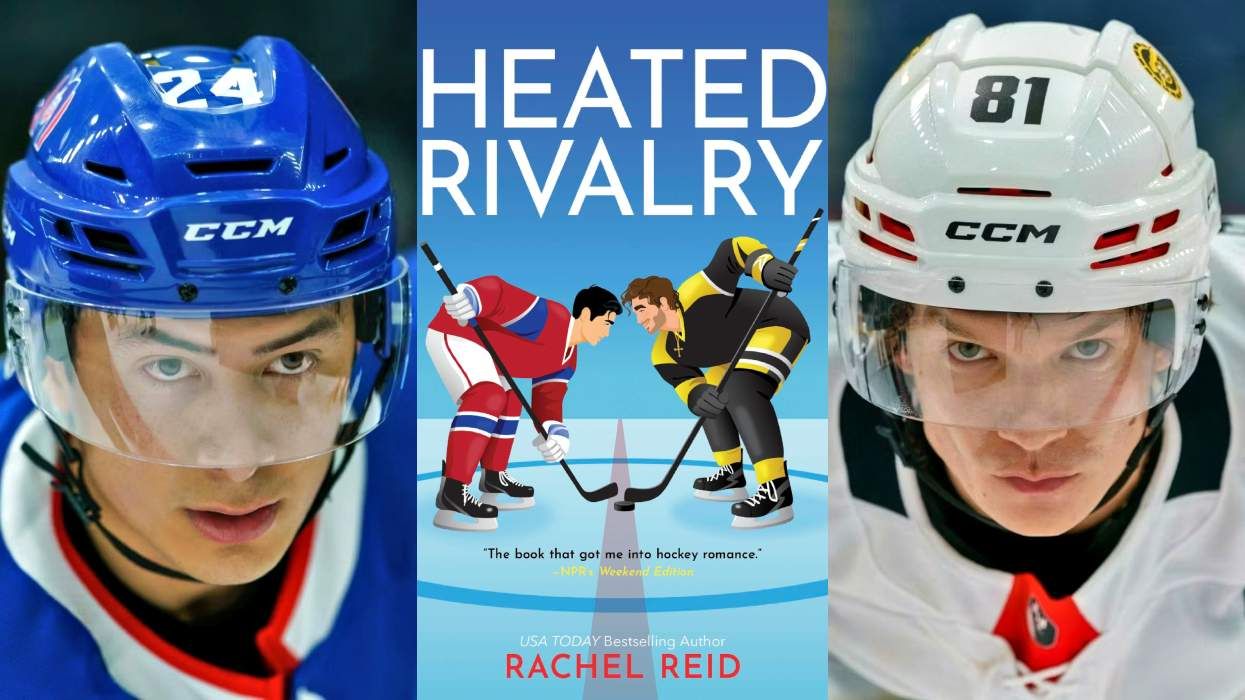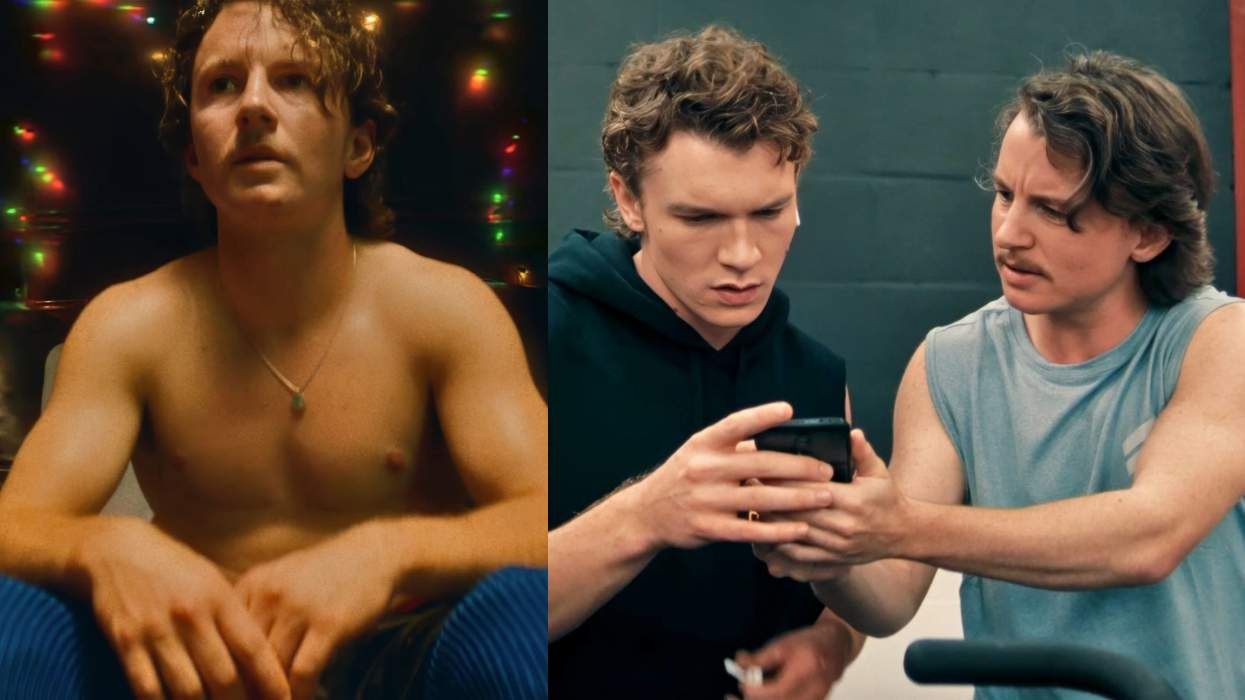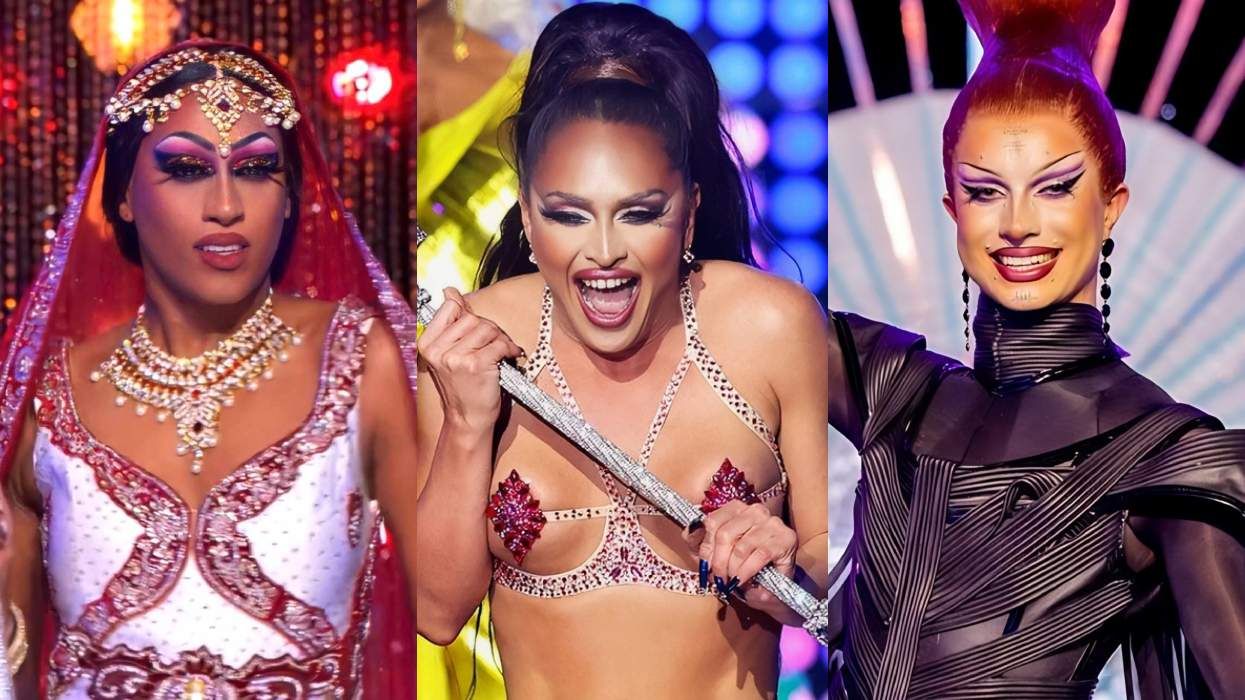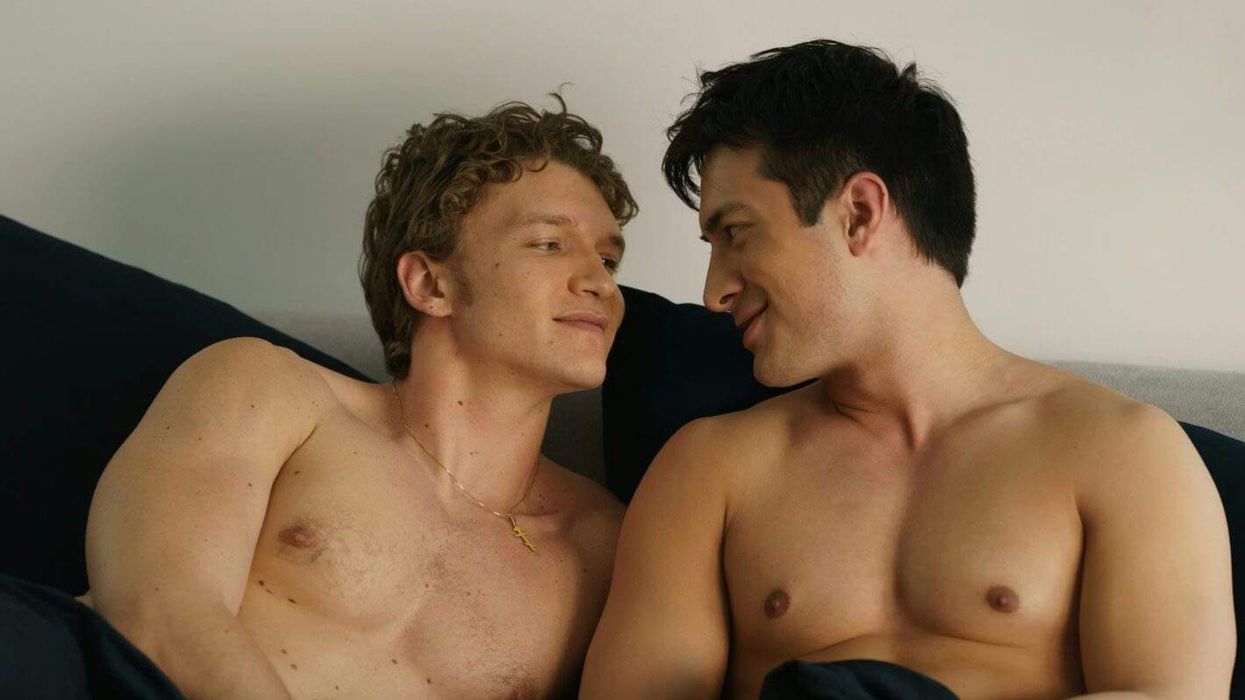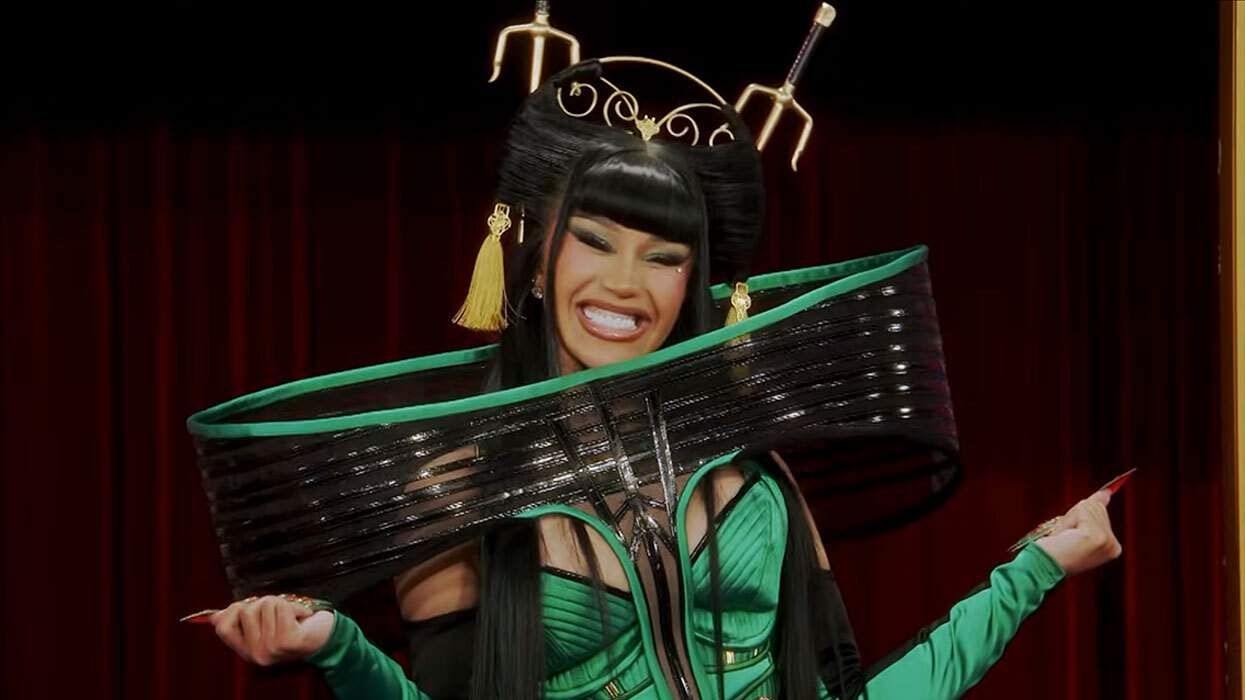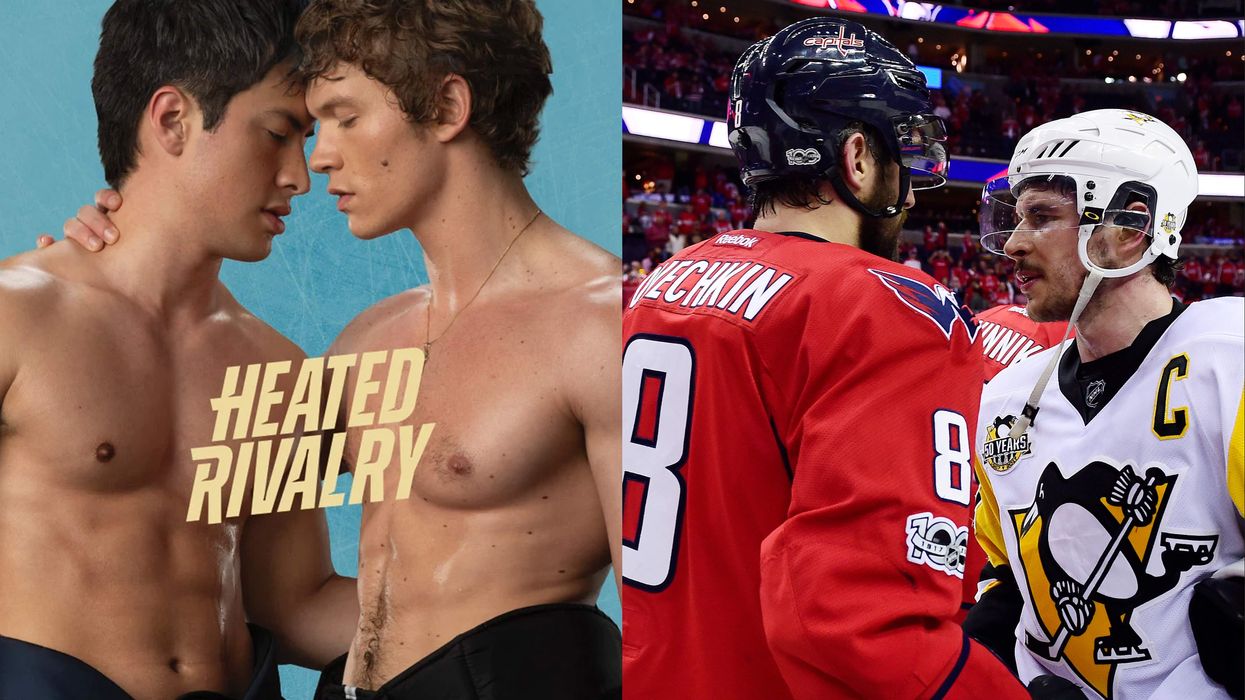Hulu's limited series Little Fires Everywhere is one of many shows the internet has been streaming over the past few weeks. With LGBTQ+ storylines, familial drama, and ... well, little fires everywhere, it became a bit of a guilty pleasure. Tie all of that in with the pretty amazing acting of stars and executive producers Kerry Washington and Reese Witherspoon, and you've got a must-watch. But if readers of the Celeste Ng novel that inspired the series are wondering where all of the queer visibility came from, let us introduce you to co-executive director Liz Tigelaar.
For Tigelaar, Little Fires Everywhere "felt so intersectional in so many ways. Including a queer character felt like the right addition." In a recent interview for Autostraddle, she revealed why one of the shows leads, the teenaged Izzy, was given the coming-of-age queer treatment.
"Celeste said she'd been thinking about Izzy being gay, but hadn't had the real estate to include it in the story," Tigelaar said. But for the television version, she says, "It felt like something worthy of exploration -- in this town, in the Midwest, in the '90s."
Ng, an Asian-American, also says she originally wanted to make the character of Mia a woman of color but ultimately "didn't feel like I was the right person to try to bring a Black woman's experience to the page." But with Washington on board, the decision was made to move forward with that idea for the televised version.
"Initially, I had wanted to write [Mia and her daughter, Pearl] as people of color," Ng told The Atlantic in a recent interview. "I thought of them as people of color, because I knew I wanted to talk about race and class, and those things are so intertwined in our country and in our culture."
The show is not afraid to take on tough issues like as hushed racism, classism, homophobia, and abortion -- and '90s cultural touchstones like The Real World and Teva sandals further ground Little Fires in a very authentic, non-campy reality. Tigelaar says setting the show in the late 1990s was an intentional device employed to examine what it meant, and means today, to be queer or a person of color (or both) in an era when the mainstream perpetuated the facade that racism and homophobia no longer existed.
"Obviously, queer kids still struggle enormously, especially in certain communities or parts of the country, but as a whole there has been tremendous change since the '90s in terms of laws and mindsets and inclusiveness. So now, in a 2020 world, where so many kids identify as queer or simply don't want to be declarative and box themselves in, it felt like it would be meaningful to explore a time when our society's thinking was so narrow."
She adds it was also important for her to show that some of the characters didn't quite have their sexualities all figured out.
"I also love the idea that Izzy doesn't know what she is," Tigelaar told Autostraddle. "She just knows her first real feelings and experiences were with her best friend, who has broken her heart. And it hurts. And she knows that she feels this deep connection to Mia -- she may not understand her feelings, but she knows her life feels livable because Mia is in it."
Related | Hulu Acquires Reese Witherspoon & Kerry Washington's Little Fires Everywhere


